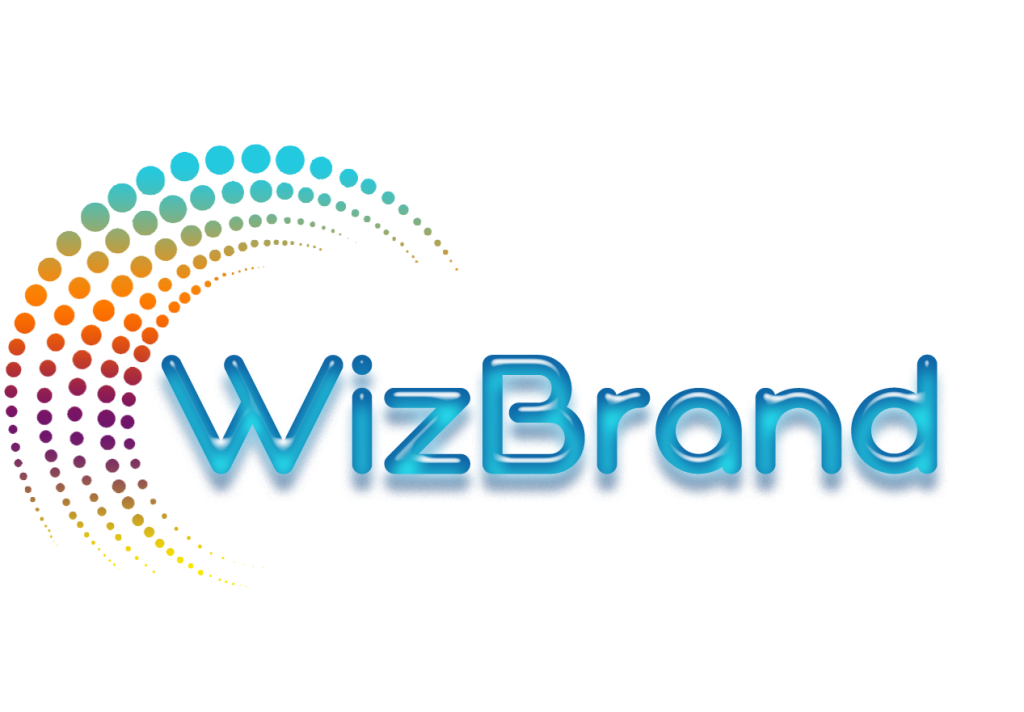
In today’s digital world, managing content efficiently is a growing challenge for businesses. With the constant influx of media—images, videos, documents, and other assets—it’s easy for things to spiral out of control. Without a centralized solution, teams can struggle with disorganization, mismanagement, and wasted time. This is where a Digital Asset Management (DAM) system comes in. But how can you implement a DAM system in your business without the headache? Let’s explore the steps you need to take to make it a smooth transition, and how Wizbrand’s DAM software can make the process easier.
What is a DAM System, and Why Do You Need One?
A DAM system is a centralized platform that allows businesses to store, organize, manage, and distribute digital assets. It simplifies the workflow by ensuring that the right people have access to the right assets at the right time. For marketers, content teams, and SEO professionals, having a well-organized DAM system means faster content production, better team collaboration, and a more efficient process overall.
While the concept of a DAM system may seem intimidating at first, with the right approach, you can implement it seamlessly and without any unnecessary stress.
Step 1: Identify Your Business Needs
Before diving into the implementation of a DAM system, take time to assess your specific business needs. Determine the types of digital assets you regularly work with—whether it’s images, videos, documents, audio files, or other formats. This will help you understand the scope of the solution you need.
Consider the size of your team and how they collaborate on content. Are there multiple teams or departments that need access to assets? Would your team benefit from automated workflows, version control, or an easier way to search for assets? Identifying these needs upfront will ensure you choose the right DAM software for your organization.
Step 2: Choose the Right DAM Solution
Choosing the right DAM solution is crucial to success. While there are many options available, not all are tailored to every business. For instance, Wizbrand’s Digital Asset Management Software is designed to streamline workflows, simplify content management, and improve team collaboration. With features like easy file organization, seamless integration with other tools, and robust search functionality, Wizbrand can help businesses stay organized and efficient without the typical headache associated with traditional systems.
When selecting a DAM platform, make sure it offers scalability, flexibility, and support for the types of assets you use. Also, consider factors like user-friendliness, cloud storage, and integration with other systems you already use.
Step 3: Plan for a Smooth Implementation
Once you’ve chosen the right DAM software, it’s time to plan for a smooth implementation. Here’s a step-by-step guide to help:

- Define Your File Structure: Organize your digital assets in a way that makes sense for your business. For example, you may want to categorize assets by project, department, or type. This will help your team quickly find what they need.
- Set Permissions: Define who can access what. Make sure team members only have access to the files they need to work with. This ensures security and prevents accidental mishaps.
- Integrate Existing Tools: Integrating your DAM system with other software tools can save time and effort. For example, Wizbrand offers integrations with various SEO tools and project management platforms, streamlining processes across your business. This is especially useful for content teams that need to work across multiple systems.
- Educate Your Team: The best DAM software in the world won’t be effective if your team doesn’t know how to use it properly. Provide training sessions to ensure everyone is comfortable with the new system.
- Migrate Your Assets: Once your system is set up, it’s time to migrate your assets into the DAM system. Be sure to categorize and tag your files properly so they’re easy to locate later.
Step 4: Streamline Your Workflow and Collaboration
One of the primary benefits of using a DAM system is improved team collaboration. With Wizbrand, you can streamline workflows and improve collaboration among team members by providing a centralized location for all your digital assets. The software also enables version control, so teams can track changes to assets and avoid confusion.
By having everything in one place, your team can work more efficiently, reducing the need to search through endless folders or rely on outdated versions of content. This not only speeds up the content creation process but also minimizes errors and confusion.
Step 5: Optimize for SEO and Digital Marketing
For digital marketers and SEO professionals, optimizing content is key to improving your online presence. Wizbrand’s SEO Management Software integrates SEO-friendly features, allowing your team to tag and manage metadata, keywords, and other SEO elements directly within the DAM system.
Having all your assets optimized and easily accessible will ensure that your digital marketing efforts are aligned, efficient, and impactful. The ability to quickly search for and use the most up-to-date assets allows for more effective campaigns and content production.
Conclusion
Implementing a DAM system in your business doesn’t have to be overwhelming. With proper planning, the right solution, and effective collaboration, you can easily transition to a more efficient and organized system. Wizbrand’s DAM software helps businesses streamline digital workflows, manage content more effectively, and foster collaboration among teams.

If you’re ready to take your business’s asset management to the next level, explore Wizbrand’s platform and see how it can benefit your team today.